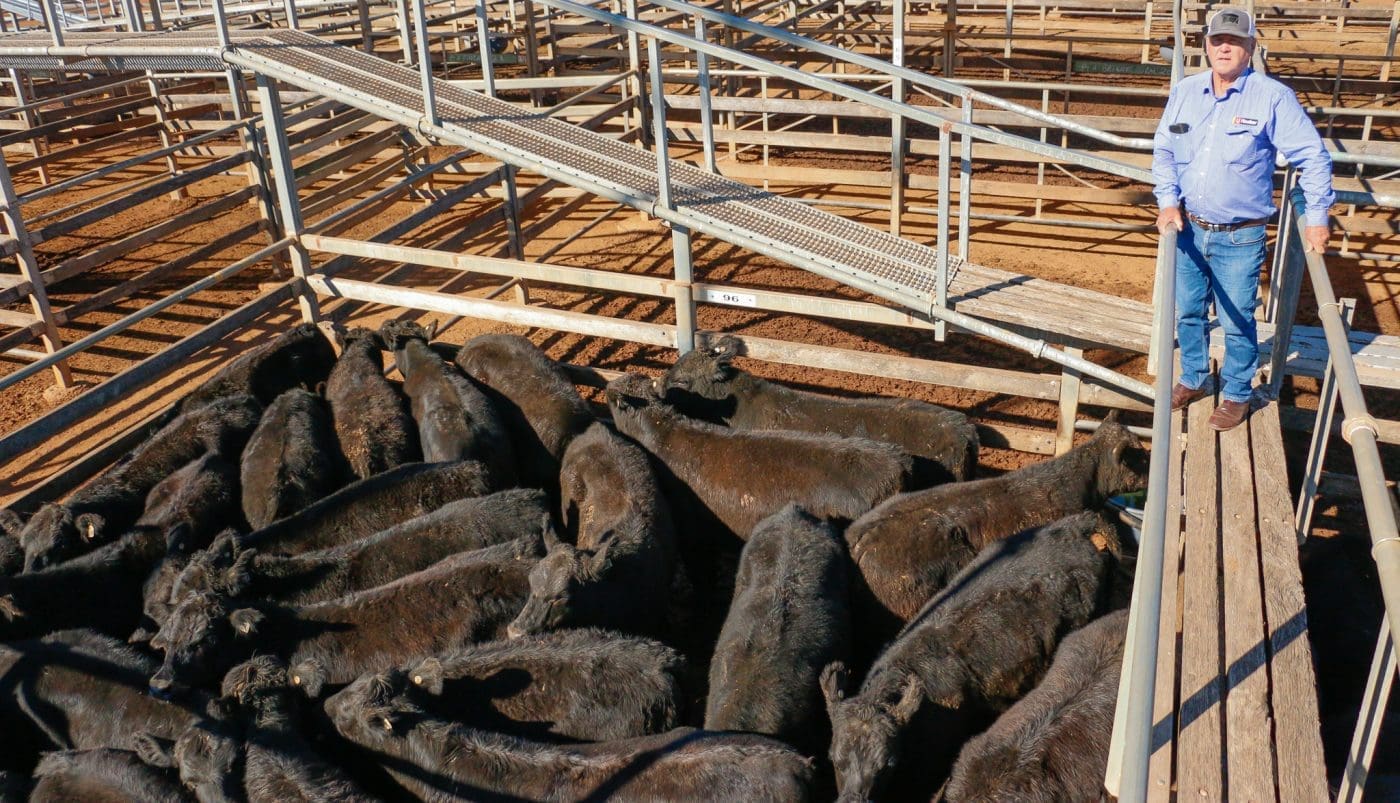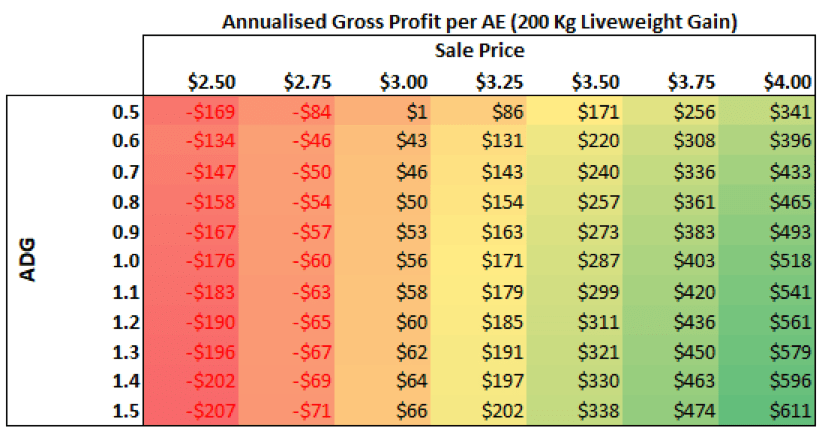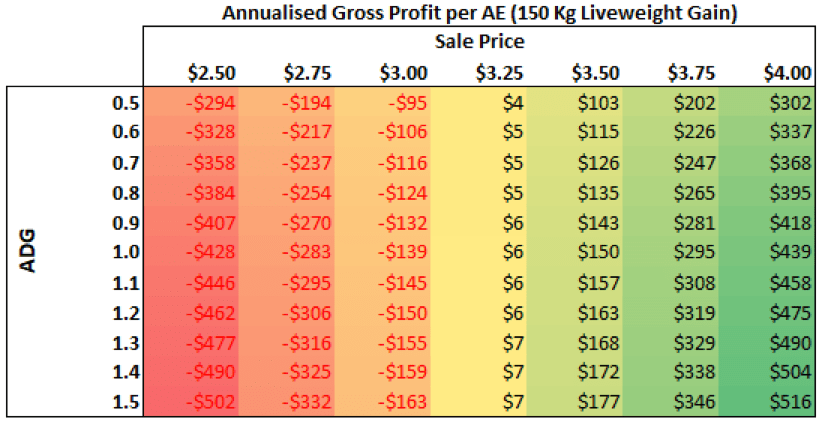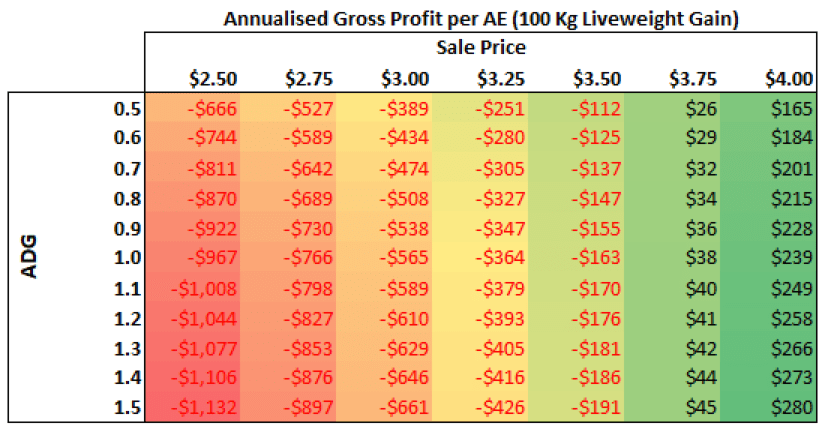
Watkins and Co agent Ian Bassett at a recent Roma Store sale with a pen of JS Grazing steers from Injune that sold to 434c/kg, reaching a top of $1,655 to average $1,607.
AS young cattle prices soar again, what are the prospects of being able to generate a positive return from weaners purchased at today’s record rates?
If we could answer that definitively we probably wouldn’t be working as rural journalists, but posing that question to a range of experts much closer to the market action has thrown up some varying and thought-provoking views.
Some say the uncertain market outlook for the second half of the year – exacerbated by factors such as COVID-19 and Australia’s rapidly deteriorating trade relationship with China – means they’re urging clients to sell rather than buy, and let grass sit in paddocks in the hope of being able to buy cattle more cheaply later on.
But others maintain that low supply will remain the most influential driver of pricing for the rest of the year, and the old maxim that ‘weight beats rate’ still firmly stands for producers with grass who are prepared to take a punt and pay the higher cents per kilogram required to secure the weaners they need today.
The key ‘unknown’ in the equation is what price weaners purchased today will fetch as feeder weights in six months’ time.
One agent offered the following back-of-the-notebook guide to support why buyers with grass are still prepared to pay prices such as the record 508c/kg paid for weaner Angus steers at Roma a few weeks ago:
- The 260kg steers were purchased for 508c/kg liveweight, equating to $1320.80 per head.
- With Angus feeder steers currently fetching 440c/kg, and factoring in a more conservative price of 400c/kg in six months’ time, 180 days on grass at 1kg/ day would deliver the following outcome: 440kg x 400c = $1760.
Bush Agribusiness principal Ian McLean said a basic principle is “The more weight that is put on the animals, the greater the (sale price) discount on entry kg can be accepted”.
The below charts from Bush Agribusiness provide a useful guide, which incorporate the following assumptions:
- $50/hd direct costs (purchase, freight, animal health etc.)
- Animals held for specified kg gain, but no longer than 12 months (only affects 200kg @ 0.5 Average Daily Gain (ADG))
- Going into winter producers are going to need a forage crop to achieve high ADGs, buffel alone will be around 0.5 ADG (or lower if frosted).
Demand for weaner cattle in the current environment of tight supply is being driven from both ends of Australia – in the north from exporters trying to fill boats to South East Asia and in southern States from restockers trying to fill destocked paddocks where improved autumn conditions have created a sea of feed with no cattle.
Antibiotic-free forward contracts helping to drive weaner demand
Peter Daniel from GDL noted that one driver behind some producers paying up to buy weaners in recent months has been the emergence of strong forward contracts for so-called ‘natural beef’ programs.
This refers to a growing premium-priced category for cattle that are not organically accredited or certified but for which producers can sign a declaration affirming their consigned cattle are 100 percent grassfed and free of both HGPs and antibiotics.
A wide range of processors have been offering forward contracts for August delivery for ‘natural beef’ antibiotic-free programs, allowing producers to lock-in forward prices at small but valuable premiums.
“A lot of people have been doing the smart thing locking in on these forward contracts for the antibiotic free beef in the south,” Mr Daniel said.
“They’re going to take a small margin and lock it away.”
While many of the programs had now filled up, forward prices of up to $7/kg for milk to two tooth, which compared to sport market prices of $6.45, had been recently available, he said.



